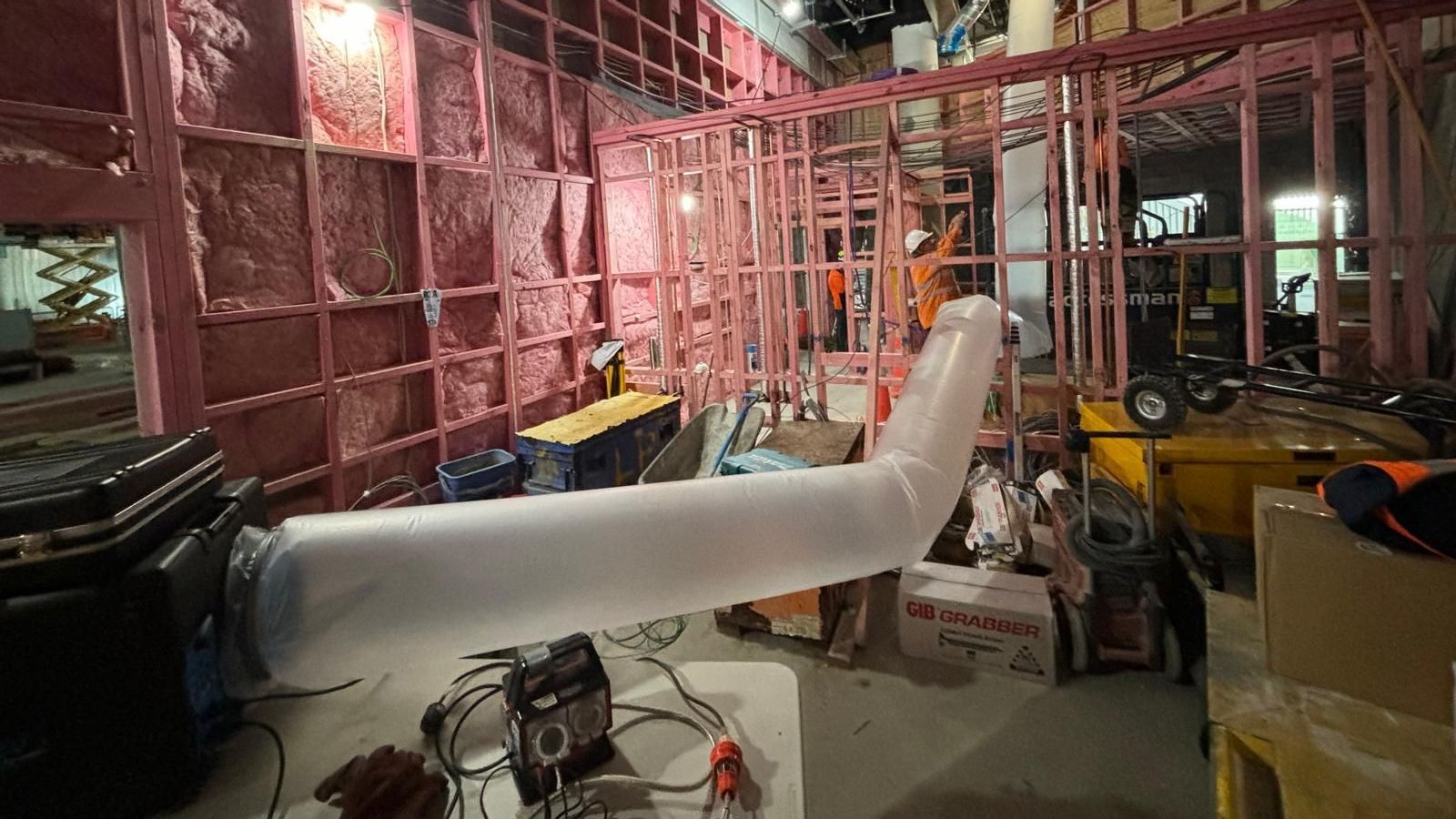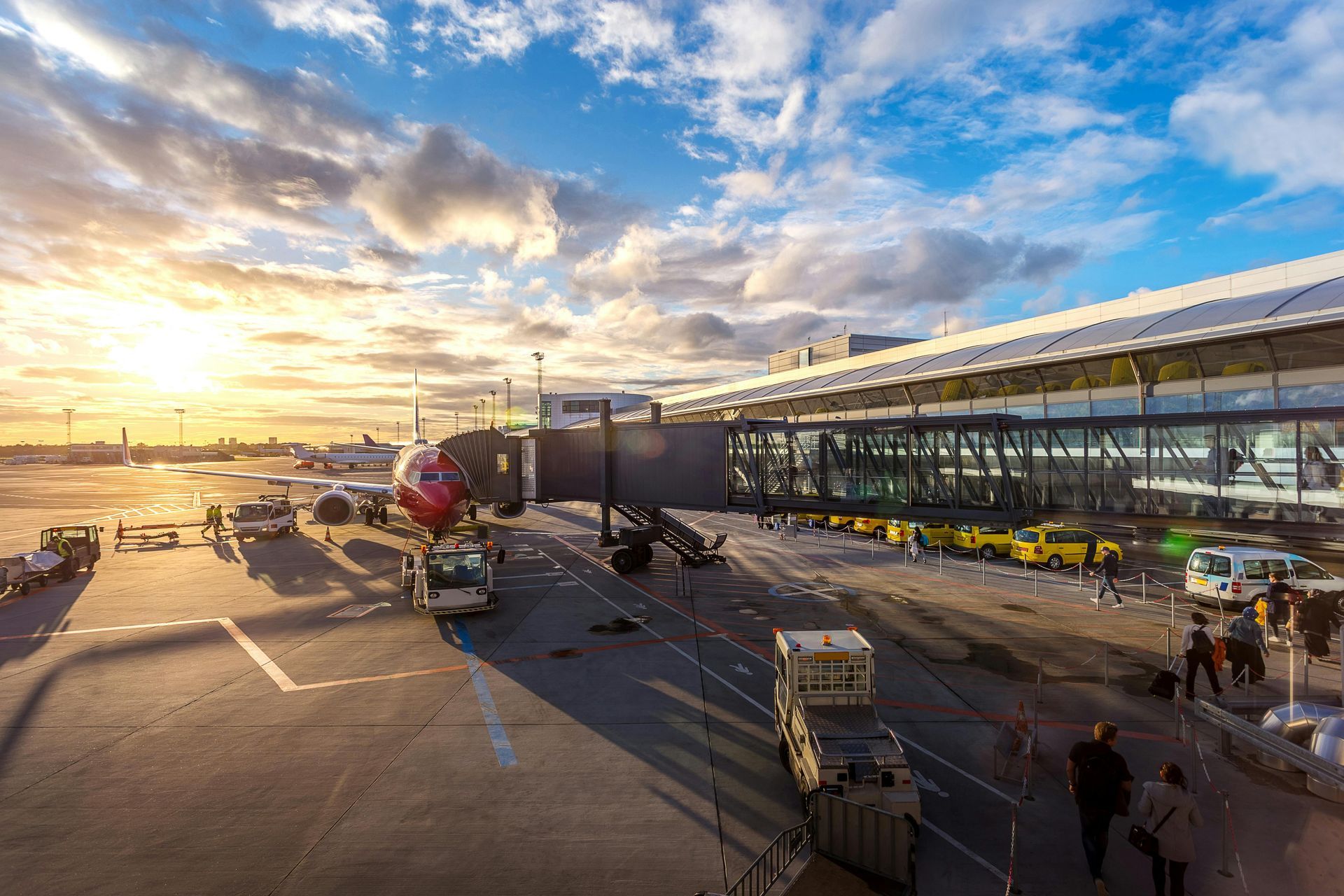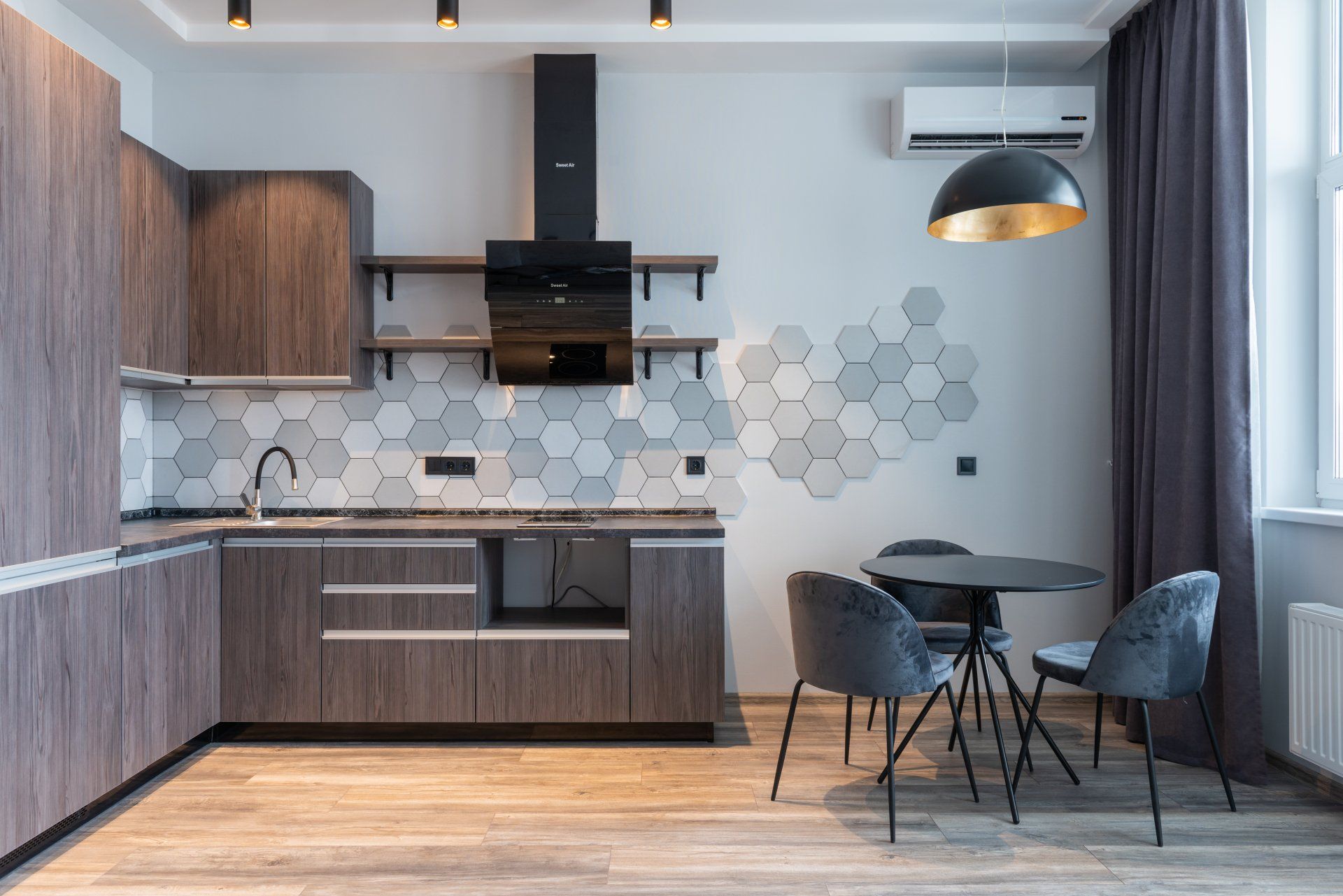Looking Ahead to 2025 - what can we expect for Aeroseal
In New Zealand, the duct sealing industry is expected to evolve significantly in 2025, particularly with the adoption of Aeroseal technology. Here are the key trends and expectations specific to this market:
Key Trends and Expectations for 2025 in New Zealand
1. Enhanced Energy Efficiency
The demand for energy-efficient solutions will continue to grow as New Zealand aims to reduce its carbon footprint. Aeroseal's ability to seal duct leaks effectively can lead to significant energy savings by improving HVAC system efficiency, which is crucial for both residential and commercial buildings in a country focused on sustainability.
2. Regulatory Compliance
As building codes become stricter regarding energy efficiency and indoor air quality (IAQ), Aeroseal technology will help property owners meet these requirements. The technology's ability to achieve high airtightness levels will be essential for compliance with regulations such as NABERSNZ (National Australian Built Environment Rating System) and other local standards.
3. Focus on Indoor Air Quality
With increasing awareness of health issues related to IAQ, Aeroseal's duct sealing process can help mitigate airborne pollutants and allergens. This is particularly important in sensitive environments such as hospitals, schools, and commercial buildings, where maintaining a safe and healthy atmosphere is paramount.
4. Technological Integration
The Aeroseal process utilizes advanced technology that allows for efficient sealing from within existing duct systems. This method minimizes disruption during installation, making it suitable for retrofitting older buildings without extensive renovations. The process can seal leaks up to 1.5 cm in diameter and withstand pressures of up to 2,000 Pa, ensuring long-lasting results.
5. Market Growth and Competition
As awareness of Aeroseal's benefits spreads, more HVAC service providers may adopt this technology, leading to increased competition in the duct sealing market. Companies like LIMS HVAC are positioning themselves as leaders in this space by offering comprehensive sealing services that include pre- and post-seal leakage testing.
6. Safety and Environmental Considerations
Aeroseal sealant is non-toxic, low in VOCs, and has been tested for safety in various environments, including food preparation areas and healthcare facilities. This aligns with New Zealand's commitment to environmental sustainability and public health standards.
7. Long-Term Durability
Aeroseal guarantees the durability of its sealant for up to ten years in residential applications, with evidence suggesting effectiveness beyond 40 years under accelerated conditions. This longevity makes it an attractive option for property owners looking for reliable solutions.
Conclusion
In summary, the duct sealing industry in New Zealand is set for growth in 2025, driven by the increasing need for energy efficiency, regulatory compliance, improved indoor air quality, and technological advancements offered by Aeroseal. As more facilities recognize the benefits of effective duct sealing, Aeroseal is likely to become a standard practice across various sectors in the country.
To Learn More About Improving The Comfort, Indoor Air Quality, and Energy Efficiency Of Your Building Call 0226759426 or Email info@aeroseal.nz





